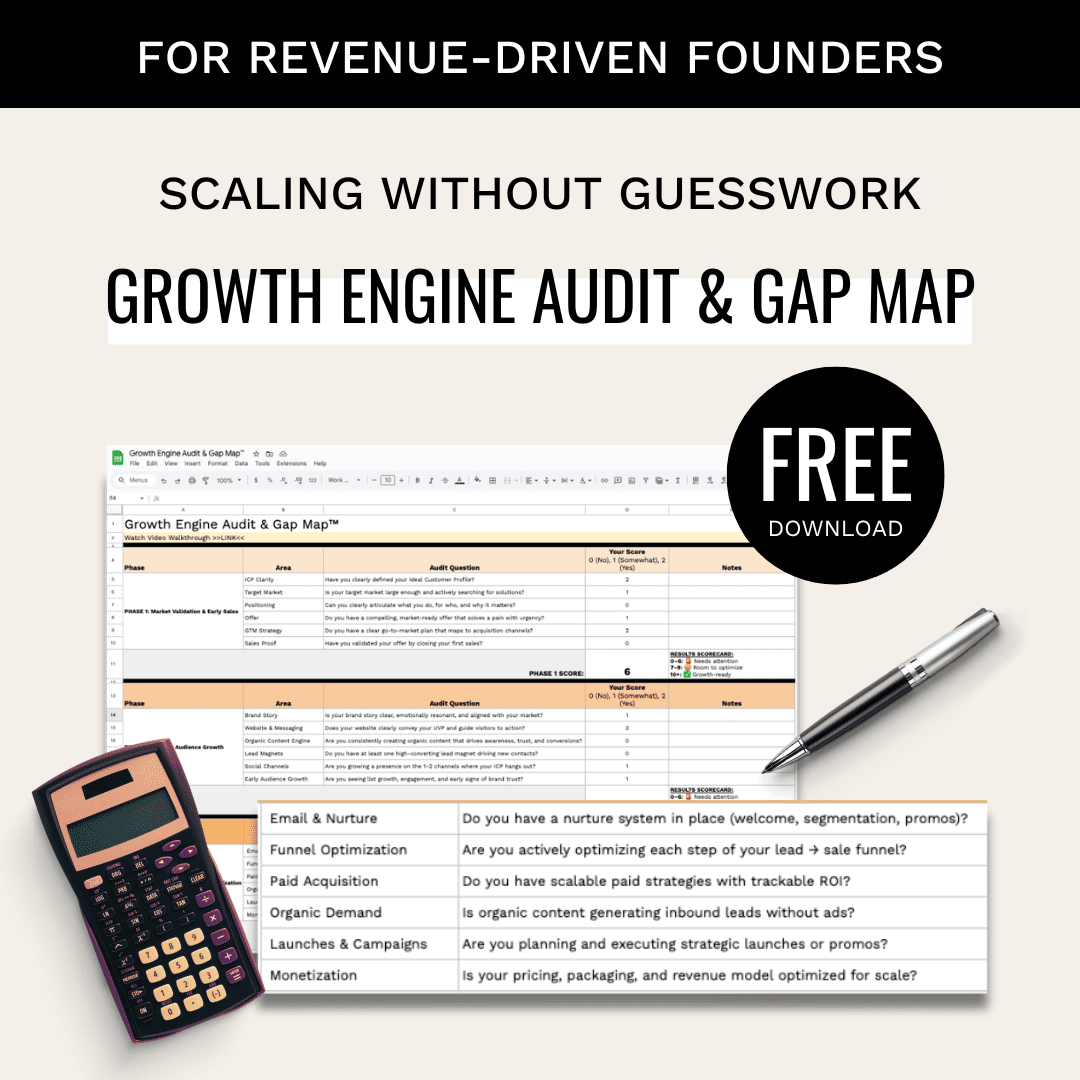Real-time data is changing how businesses predict and react to market shifts. Instead of relying on outdated historical data, companies now use live data to make decisions instantly. This approach helps them stay ahead in fast-moving industries like B2B technology.
Here’s how real-time data systems work:
- Speed: Process data in milliseconds for quick reactions.
- Accuracy: Use reliable data to build trust in predictions.
- Diverse Sources: Combine financial data, social media sentiment, and IoT metrics.
- Advanced Tools: Leverage machine learning models (e.g., LSTM, RBDF2M) for better forecasting.
- Automation: Automate responses like price adjustments or inventory updates.
Key Benefits:
- Spot trends early.
- Reduce risks with predictive insights.
- Improve customer retention and ROI.
For example, companies using real-time systems have seen a 23% boost in customer retention and a 17% increase in market share.
Real-time analytics is the future of market prediction, helping businesses act faster and smarter.
📈 Stock Market Real-Time Data Analysis Using Kafka | End-To-End Data Engineering Project
Real-Time Data System Basics
Real-time data systems operate at lightning speed, processing information in milliseconds to enable immediate market reactions. By continuously analyzing streaming data, these systems uncover patterns faster than traditional approaches. This capability forms the backbone of transforming raw data into actionable insights for the market.
Core Data Properties
The success of real-time market predictions hinges on five key data properties:
| Property | Description | Impact on Market Prediction |
|---|---|---|
| Velocity | Speed of data processing in milliseconds | Allows quick adaptation to market changes |
| Veracity | Accuracy and reliability of data | Builds trust in predictions |
| Volume | Capacity to handle massive datasets | Ensures comprehensive market analysis |
| Variety | Integration of multiple data types | Reflects diverse market indicators |
| Relevance | Focus on critical, high-value signals | Enhances prediction precision |
These data properties are the building blocks for modern systems that deliver real-time analytics.
System Components
Accurate real-time predictions depend on a well-designed system architecture. Here’s a breakdown of the essential components:
- Data Ingestion Layer: This layer uses specialized connectors to gather and process market data from various sources and formats, ensuring no critical information is missed.
- Stream Processing Engine: Tools like Apache Kafka handle continuous data flows, performing real-time transformations and preliminary analytics. This ensures predictions remain accurate even during periods of heavy data traffic.
- Machine Learning Pipeline: Advanced algorithms within this pipeline constantly adapt to new data, refining predictions as market conditions evolve.
- Real-Time Analytics Layer: This layer applies statistical techniques directly to streaming data, eliminating delays caused by batch processing. It also leverages natural language processing (NLP) to:
- Extract sentiment from market-related news
- Spot emerging trends
- Measure shifts in market sentiment
- Detect anomalies that might signal upcoming changes
Modern systems often utilize the Real-time Big Data Financial Forecasting Model (RBDF2M), a framework that combines real-time analytics with machine learning. By employing in-memory computing, these systems keep active datasets readily available, reducing analysis time and enabling split-second decision-making.
Market Trend Detection Methods
Detecting market trends in real-time requires advanced systems that can gather and analyze data from various sources. Modern approaches use a mix of data streams to pinpoint patterns and forecast market shifts faster than traditional methods. Here’s a closer look at the key components involved in this process.
Data Collection Points
At the heart of accurate trend detection is the ability to draw insights from diverse and real-time data sources. Each collection point contributes unique information that sharpens market predictions:
| Data Source | Signal Type | Market Insights |
|---|---|---|
| IoT Devices | Operational Metrics | Tracks equipment usage, production rates, and resource consumption. |
| Transaction Systems | Financial Data | Reveals purchase behaviors, pricing trends, and demand changes. |
| Social Media | Sentiment Data | Captures brand perception, customer feedback, and emerging concerns. |
| News Feeds | Market Events | Highlights industry updates, regulatory changes, and competitor activities. |
These data sources combine to deliver a broad perspective on market dynamics. For instance, during a supply chain disruption, IoT sensors might signal slower production rates, while social media monitoring uncovers customer complaints about delayed deliveries. Together, they provide early warnings about possible market challenges.
Pattern Recognition Tools
Once data is collected, advanced tools step in to identify trends and patterns that might otherwise go unnoticed. Machine learning models, such as Long Short-Term Memory (LSTM) networks and ensemble methods, are particularly effective at spotting subtle changes and forecasting outcomes.
Some core capabilities include:
- Sentiment Analysis: Natural Language Processing (NLP) helps fine-tune the detection of trends by analyzing customer and public sentiment.
- Market Analysis: Algorithms like ARIMA and LSTM continuously monitor for anomalies and predict short-term market movements with precision.
When these tools are integrated with real-time data streams, they transform raw information into actionable insights. Businesses can then use these insights to make smarter decisions about pricing, inventory, and market strategies, staying ahead by responding to emerging trends instead of relying solely on past data.
B2B Tech Implementation Guide
Market Monitoring Dashboards
Dashboards are a central tool for turning complex data into clear, actionable insights. By integrating multiple data streams and focusing on key metrics, businesses can keep a pulse on market dynamics and internal performance.
| Dashboard Component | Purpose | Key Metrics |
|---|---|---|
| Market Intelligence | Stay updated on industry trends | Competitor pricing, market share, industry news |
| Customer Behavior | Understand buying habits | Sales velocity, conversion rates, engagement metrics |
| Operational Metrics | Measure internal performance | Production rates, inventory levels, resource utilization |
| Risk Indicators | Spot potential challenges | Supply chain disruptions, sentiment shifts, regulatory changes |
These dashboards should pull data from various sources like CRM systems, transaction databases, and external market feeds. The choice of metrics and visualizations is critical – clear, relevant visuals help decision-makers act faster and with confidence.
While dashboards are excellent for identifying trends, pairing them with automated systems ensures those trends lead to timely actions.
Automated Market Response Systems
Real-time processing and automation take market responsiveness to the next level. By using decision engines and action triggers, businesses can react instantly to changing conditions. Routine adjustments, such as price changes or inventory updates, can be automated, while strategic decisions remain under human control.
This balance between automation and human oversight ensures efficiency without losing the nuanced judgment required for major decisions.
Success Story: Market Prediction
Combining monitored metrics with automation has proven transformative in market prediction. Techniques like LSTM networks and RBDF^2M excel at detecting high-frequency market shifts, outperforming older methods. For example, real-time prediction models allow B2B tech leaders to anticipate changes and seize new opportunities.
Natural Language Processing (NLP) adds another layer of depth by analyzing unstructured data, such as customer feedback or industry news. However, maintaining data quality and rigorously testing prediction models are essential to keep automated systems accurate and aligned with business goals. This ensures that predictions remain reliable and actionable.
sbb-itb-e8c8399
Common Issues and Solutions
Data Integration Solutions
Real-time market prediction systems often struggle with integrating diverse data streams. The challenge lies in merging structured data, like transaction records, with unstructured sources, such as social media updates and news articles. These data sources come in varying formats, with different timestamps and measurement units, which can slow down processing and analysis. To tackle these hurdles, consider these approaches:
- Middleware platforms: Standardize data formats to ensure compatibility.
- Cloud-based data warehouses: Centralize data storage for easier access and processing.
- API-driven architectures: Seamlessly integrate legacy systems with modern platforms.
- Automated data validation routines: Ensure incoming data meets quality standards.
By incorporating these strategies into real-time ETL pipelines, you can streamline the standardization and integration process. Once data is effectively managed, the focus can shift toward maintaining the accuracy of market predictions.
Prediction Model Testing
After achieving smooth data integration, the next critical step is rigorous testing of prediction models. This is essential to address issues like model drift – when a model’s performance deteriorates due to changes in market conditions. Robust testing methods ensure that models remain reliable over time. Key approaches include:
| Testing Method | Purpose | Key Metrics |
|---|---|---|
| Backtesting | Validate models using historical data | Prediction accuracy |
| Out-of-sample Testing | Assess how well the model generalizes | Error rates |
| Rolling Window Analysis | Measure stability over time | Drift detection |
| A/B Testing | Compare performance of model variations | Performance differences |
Research shows that advanced machine learning models, such as LSTM networks and RBDF²M, combined with ensemble techniques, outperform traditional forecasting methods like ARIMA and GARCH in predictive accuracy.
To maintain consistent performance, implement continuous monitoring systems. These systems should track metrics like prediction error rates, model drift, data quality, and processing speed. Regular model recalibration and automated alerts for anomalies can help teams address potential issues before they affect decision-making.
Data-Mania‘s Marketing Leadership

Data-Driven Marketing Results
Data-Mania’s real-time prediction system delivers measurable outcomes for B2B tech companies. By leveraging advanced LSTM models and NLP tools, clients have seen improvements in retention, market share, and ROI. This unique combination of technical skill and strategic marketing is particularly effective in fast-moving tech industries.
For example, a cloud services provider facing stiff competition implemented Data-Mania’s real-time demand forecasting system and achieved impressive results:
- 23% boost in customer retention
- 17% growth in market share over a year
- 31% drop in customer acquisition costs
- 35% higher ROI on marketing campaigns
The system works by integrating multiple real-time data streams, offering actionable insights:
| Data Source | Analysis Method | Business Impact |
|---|---|---|
| Social Media | Sentiment Analysis | Spotting emerging trends |
| Industry News | NLP Topic Modeling | Enhancing competitive strategy |
| Customer Interactions | Real-time Analytics | Optimizing products |
| Market Feeds | LSTM Prediction | Adjusting pricing strategies |
These data-driven insights empower tech companies to craft customized strategies that drive tangible results.
Data-Mania’s Tech Industry Focus
Under the leadership of Lillian Pierson, Data-Mania has honed its expertise in creating real-time prediction strategies tailored to specific tech sectors. For AI startups, the company uses sector-specific sentiment insights to refine messaging, enabling faster market positioning. SaaS clients have reported a 27% increase in conversion rates by dynamically adjusting messaging in real time.
Matt Brown, Head of Global Growth at Single Store, shares: "In data & AI, it is a rare find to come across someone as dedicated and adept as Lillian Pierson. Her partnership with us has been nothing short of transformative."
For cybersecurity companies, Data-Mania blends threat intelligence with market data analysis. This approach has helped reduce the time-to-market for new products by 22% and enabled AI startups to secure funding rounds 40% larger than the industry average.
Conclusion
Expanding on the foundational concepts of data systems and market detection, real-time analytics is reshaping how B2B tech companies anticipate and react to market changes. By incorporating advanced tools like LSTM models and NLP technologies, businesses can make predictions that are not only faster but also more precise and actionable. These advancements directly improve operational efficiency and market responsiveness.
Studies indicate that real-time analytics, which combine quantitative data with NLP-driven insights, significantly outperform traditional forecasting methods in both speed and accuracy.
For B2B tech leaders aiming to implement these systems successfully, three key components are essential:
- Infrastructure Integration: Developing strong systems for real-time data collection and processing.
- Advanced Analytics: Utilizing AI-driven tools, such as LSTM models, to identify patterns and trends.
- Strategic Execution: Collaborating with experienced professionals to ensure the system operates at its full potential.
These systems have been shown to enhance customer retention, grow market share, and streamline operations.
Industry voices echo the importance of strategy in this process:
"Marketing without strategy is a recipe for disaster." – Lillian Pierson, Data-Mania
The future of market prediction lies in blending real-time analytics with strategic decision-making. By adopting cutting-edge technologies and forming meaningful partnerships, B2B tech companies can stay ahead of market shifts and seize new opportunities.
FAQs
How can real-time data help predict market changes more accurately than traditional methods?
Real-time data delivers immediate insights, enabling businesses to react to market changes as they unfold. Unlike traditional methods that depend on historical data, real-time analytics focuses on capturing current behaviors, preferences, and external influences. This gives companies a more dynamic and precise understanding of market conditions.
For B2B tech leaders, tapping into real-time data means spotting new opportunities, predicting potential challenges, and making quicker, well-informed decisions. This forward-thinking approach enhances forecasting accuracy and helps businesses maintain a competitive edge.
What are the essential components for building a real-time data system to predict market trends?
To build a strong real-time data system for market prediction, you need a few essential tools and strategies in place. Start with data integration tools to gather and combine information from various sources like customer interactions, market reports, and social media platforms. These tools ensure all your data is centralized and ready for analysis.
Next, invest in a real-time analytics platform that can process and analyze incoming data on the spot. This allows you to spot trends and patterns as they develop, giving you a competitive edge.
A reliable data visualization tool is also a must. It helps turn complex data insights into clear, actionable dashboards and reports that decision-makers can easily understand and use.
Lastly, don’t overlook data security measures. Safeguarding sensitive information and adhering to regulatory requirements is crucial for maintaining trust and protecting your business. By combining these components, you’ll be better equipped to adapt and make smart decisions in an ever-changing market.
How can businesses ensure the accuracy and reliability of real-time data sources for analytics?
Ensuring real-time data is accurate and dependable begins with choosing reliable, high-quality data sources. Businesses should focus on working with data providers known for their reliability and put strong validation processes in place to confirm the accuracy of incoming data.
Keeping an eye on data for inconsistencies, errors, or unusual patterns is just as important. Automated tools for quality checks, cross-referencing data with other sources, and setting up alerts for unexpected changes can go a long way in preserving data integrity. On top of that, having well-defined data governance policies ensures everyone on the team handles and processes data in a consistent and responsible way.
Related Blog Posts
- AI-Powered ROI Forecasting with Data Sync
- Real-Time Analytics for Marketing Decision Support
- Real-Time ROI Forecasting with AI: How It Works
- AI Growth Marketing: Forecasting Use Cases




